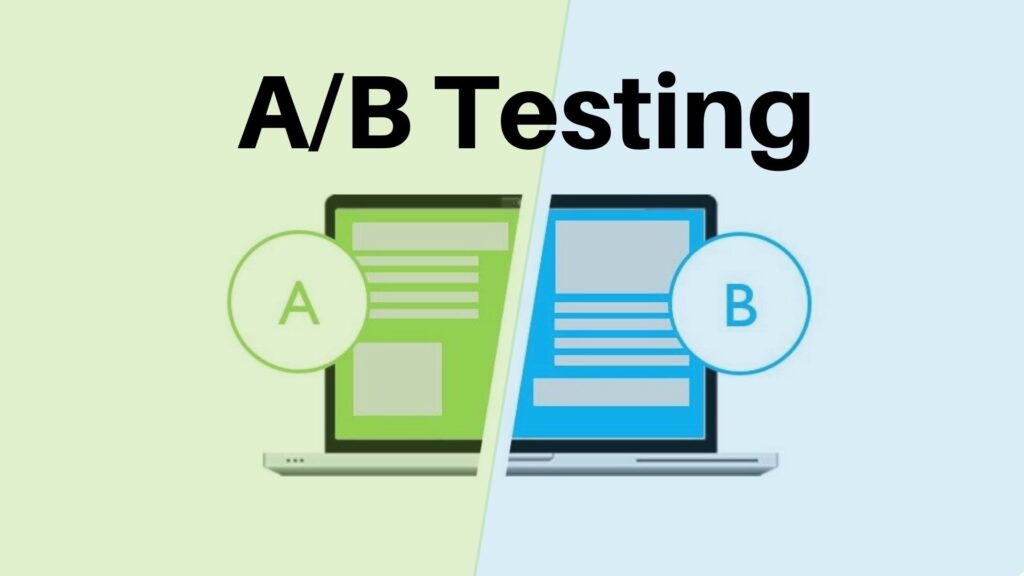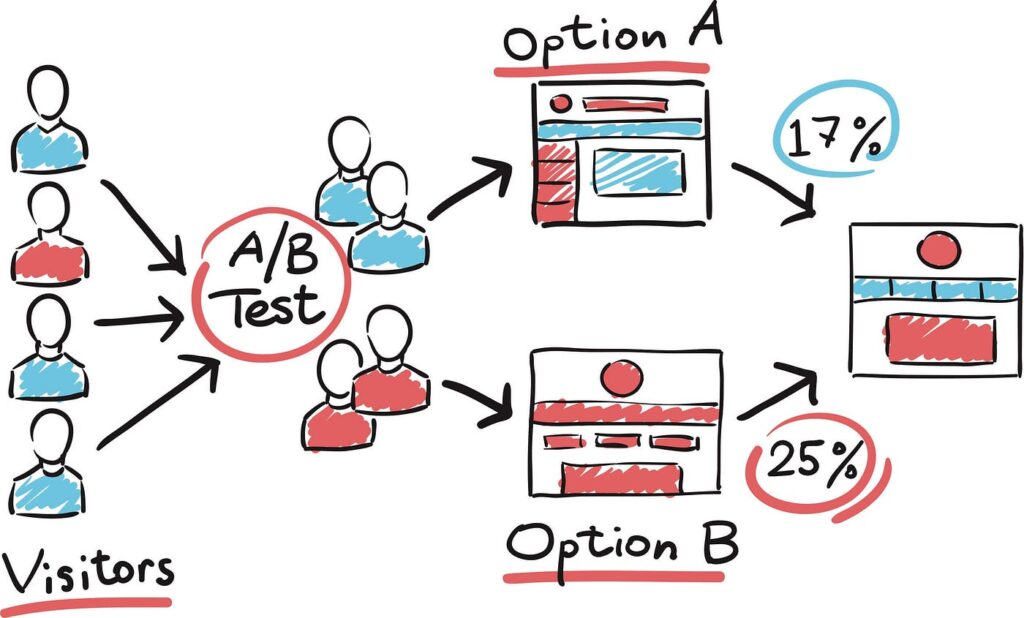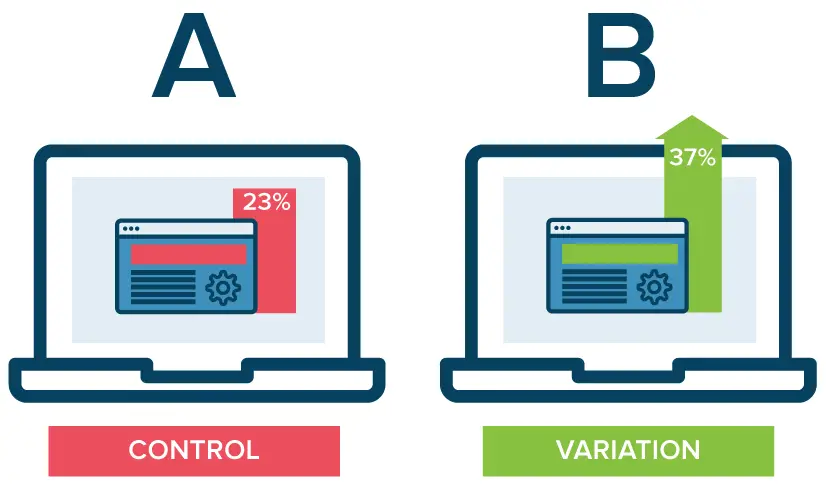Back in the day, while we like to consider ourselves one of today’s preeminent ecommerce development companies, better equipped than anyone else using rosary beads for binary calculations around here, at heart, MacBook Air-sized, the right conversion rate optimisation agency is a great way to find problem areas on your site so you can fix them, which will increase good user experiences and convert it better—performing a CRO audit -a step-by-step guide from experts of conversion rate optimisation agencies.
Understanding Conversion Rate Optimisation (CRO)
Conversion rate optimisation (CRO) is about trying different things to spark more than one visitor at a time. For the appropriate improvement of your ecommerce conversion rate and get more online sales, CRO reveals the friction of user behaviour points and provides a solution to increase the purchasing ratio.
Why Conduct a CRO Audit?
CRO stands for conversion rate optimisation – a tactic that, simplified, means making changes to your site, which lifts the percentage of visitors who complete an action. Ecommerce conversion rate optimisation studies user behaviour, identifies sale obstacles and applies changes to improve the overall shopping experience.
Steps to Conduct a Comprehensive CRO Audit
A complete conversion rate optimisation audit entails examining many aspects of a website to discover areas for improvement in conversion rates. Here are the steps for conducting a thorough CRO audit:
1. Define Your Goals and Metrics
Before diving into the audit, it’s essential to establish clear goals and metrics. What specific actions do you want visitors to take? Common goals for ecommerce sites include:
- Purchase Completion: Increasing the number of completed purchases.
- Email Sign-Ups: Growing your email subscriber list.
- Form Submissions: Boosting the number of contact form submissions.
Define KPIs to measure these goals, such as conversion rate, average order value, and cart abandonment rate.
2. Analyse Your Current Performance
Start by analysing your current performance using tools like Google Analytics. Find common behaviours among your users, scaled up or down with push messages on things like:
- Bounce Rate: The single-page visitors as a percentage of all page views.
- Exit Rate: The percent of visitors that leave from a page.
- Average Session Duration: The average visitor time on site.
This will provide context around how people move through your site and highlight where drop-offs occur.
3. Evaluate User Experience (UX)
For ecommerce optimisation, providing a good user experience is paramount. Evaluate your site’s UX by examining factors such as:
- Navigation: Make sure your navigation is easy, as all site managers who care for their brain health use a good menu structure.
- Mobile-Friendliness: Make sure your site is mobile-friendly by testing it across several devices.
- Load Times: Make pages load faster to decrease the exit rate and make users continue with you.
4. Conduct a Technical Audit
A technical audit assesses the underlying factors that impact your site’s performance. Key areas to examine include:
- Site Speed: Fix pages and posts that cause the website to get slow. These tools are powerful with bandwidth consumption. Also, check Google page speed for insights.
- Broken Links: Look for and fix broken links that could irritate users and damage your SEO.
- Security: Ensure your site uses HTTPS and has up-to-date security measures to protect user data.
5. Analyse User Behavior
Optimisation of the conversion rate means optimising how a person interacts on your website. Leverage heatmaps, session recordings, and user feedback to monitor users. Look for patterns such as:
- Click Behavior: Identify what are the points users often click and on which ones do not.
- Scroll Depth: Keep an eye on how far users scroll down the page, discerning their interest in your content.
- Form Interaction: Gain insight into form usage or offending fields that lead to friction and abandonment
6. Review Your Content
Great content guides users through the conversion funnel. Review your content to ensure it is:
- Relevant: Provide valuable information that addresses user needs and pain points.
- Engaging: Create catchy headlines, photos & videos to hook the reader.
- Transparent: Make sure your message is simple and short but with a strong CTA.
7. Test Your Calls to Action (CTAs)
Effective CTAs are essential for driving conversions. Evaluate your CTAs by testing different variations of:
- Text: Experiment with different wording to see what resonates best with users.
- Design: Test different colours, sizes, and placements to make your CTAs stand out.
- Offer: Try different offers and incentives to encourage users to take action.
8. Analyse the Checkout Process
The checkout process is a critical stage for ecommerce sites. Simplify and optimise the checkout process by:
- Reducing Steps: Reduce the required number of checkout steps
- Guest Checkout: If users purchase for the first time, then offer them a chance to check out as guests.
- Progress Indicators: Display progress indicators so the user knows where they are in their journey to purchase.
9. Implement and Test Changes
When you know where you can improve, change it and see the difference. A/B testing allows you to compare different versions of a page or element and analyse the results to determine which works best. You always keep track of your progress and improvement strategies.
10. Partner with a Conversion Optimisation Agency
If you want the best ecommerce optimisation service, I recommend contacting a conversion optimisation agency. Agencies use data as the main thing to help you reach your conversion optimisation goal. This way, they can continue to support and improve your site to keep it competitive and user-friendly.
Best Practices for Conducting a CRO Audit
An organised approach and meticulous attention to detail are required to conduct a successful conversion rate optimisation audit. Here are some effective methods to achieve a complete and successful CRO audit:
- Regular Audits: Conduct periodic audits to improve and remain competitive.
- Cross-Department Collaboration: Involve marketing, sales, IT, and customer service to uncover optimisation opportunities across all ecommerce operations.
- Data-Driven Decisions: Utilise analytics and user feedback to optimise strategies effectively. Data-driven approaches maximise conversion rate improvements by focusing on high-impact areas.
- User-Centered Design: Emphasise intuitive navigation and a seamless user experience to enhance engagement and satisfaction, ultimately driving conversions.
Conclusion
Conducting a comprehensive CRO audit is essential for identifying opportunities to improve your ecommerce site’s performance. By systematically evaluating user experience, technical factors, and content, you can implement these practical strategies to increase conversion rate and drive revenue growth. For the best results, consider working with a conversion rate optimisation agency that can provide expert insights and tailored solutions.
If you found this article helpful, contact us for a FREE CRO Audit.



















